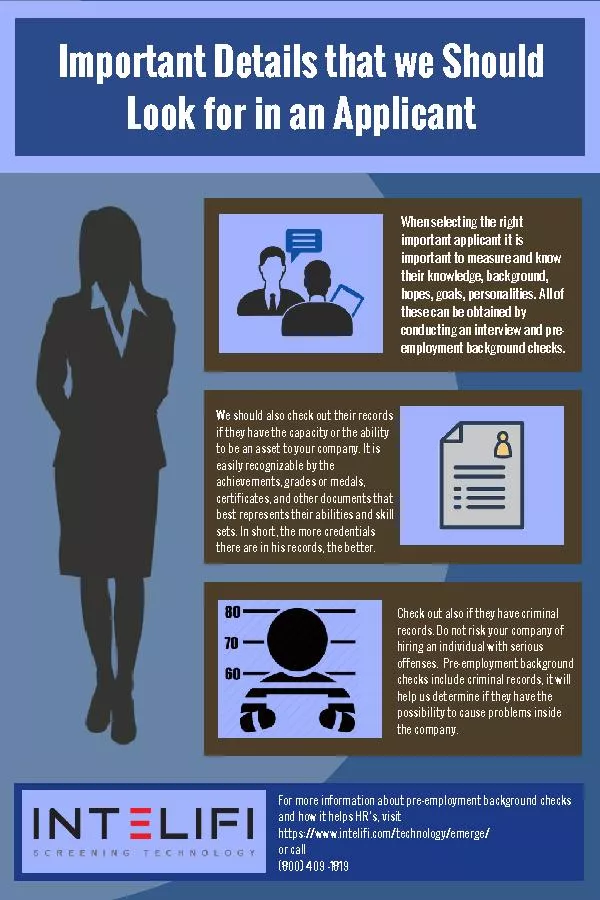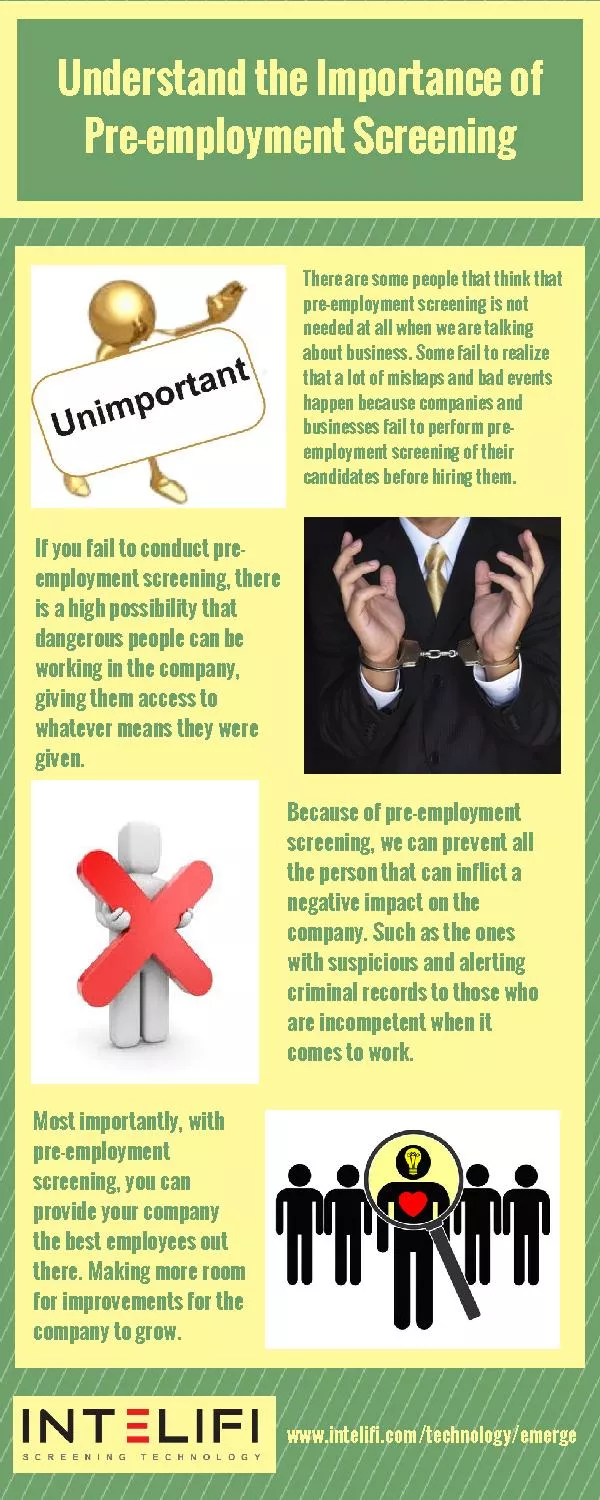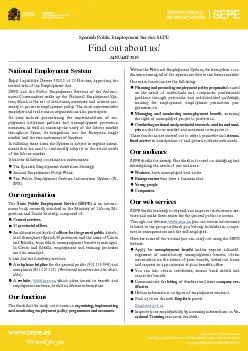PPT-Employment First National Perspective
Author : ellena-manuel | Published Date : 2017-09-21
Stephen Hall PhD EFSLMP Vision Quest Series MAine Implementation Work Group April 10 2015 Employment is the Linchpin Those Employed Reported Higher National Core
Presentation Embed Code
Download Presentation
Download Presentation The PPT/PDF document "Employment First National Perspective" is the property of its rightful owner. Permission is granted to download and print the materials on this website for personal, non-commercial use only, and to display it on your personal computer provided you do not modify the materials and that you retain all copyright notices contained in the materials. By downloading content from our website, you accept the terms of this agreement.
Employment First National Perspective: Transcript
Download Rules Of Document
"Employment First National Perspective"The content belongs to its owner. You may download and print it for personal use, without modification, and keep all copyright notices. By downloading, you agree to these terms.
Related Documents














